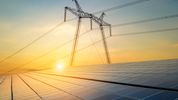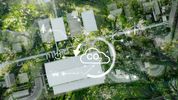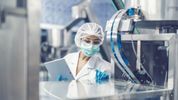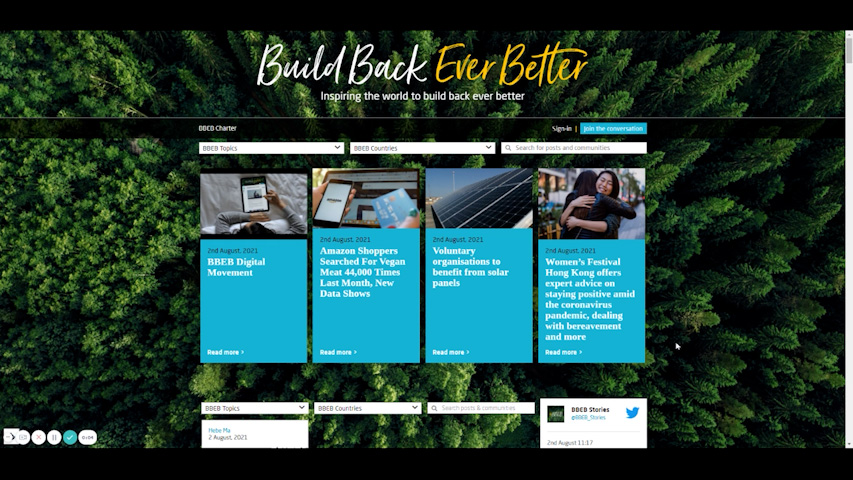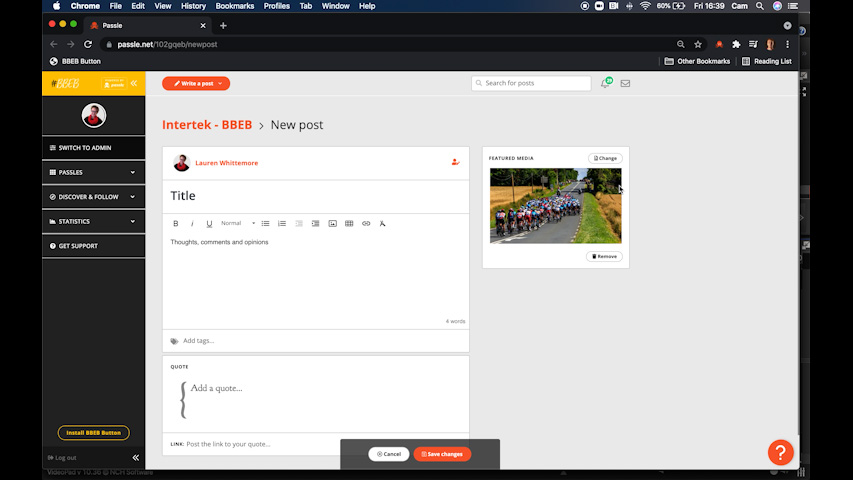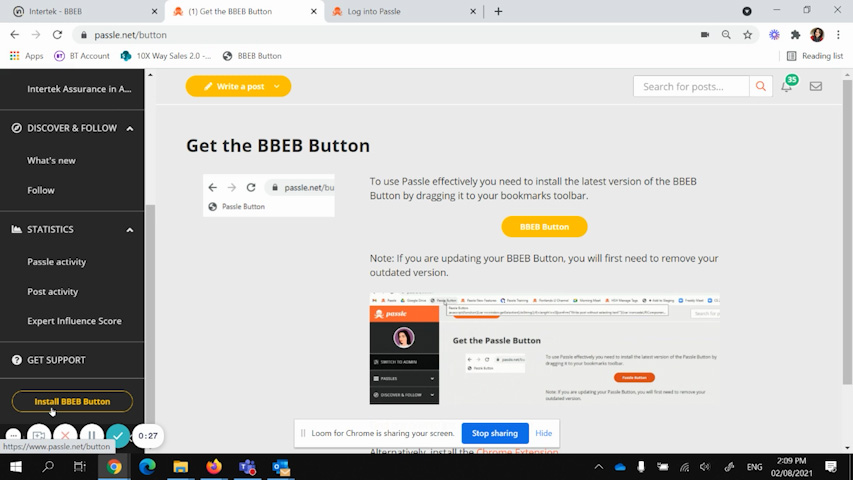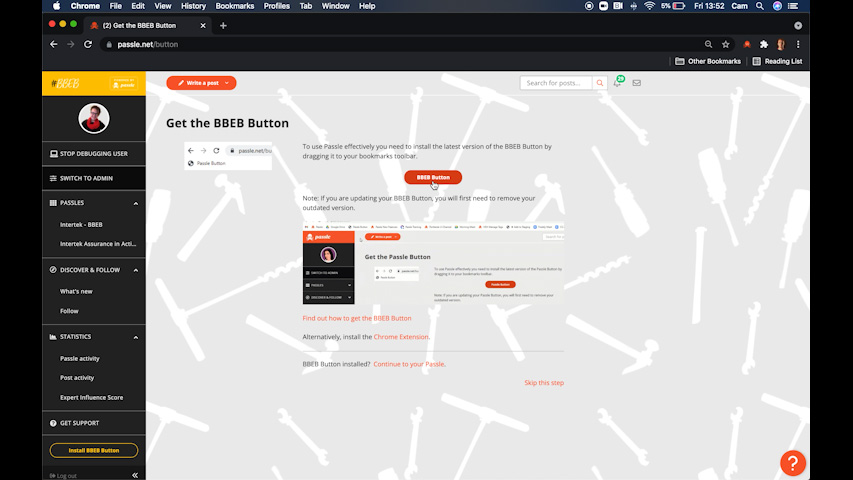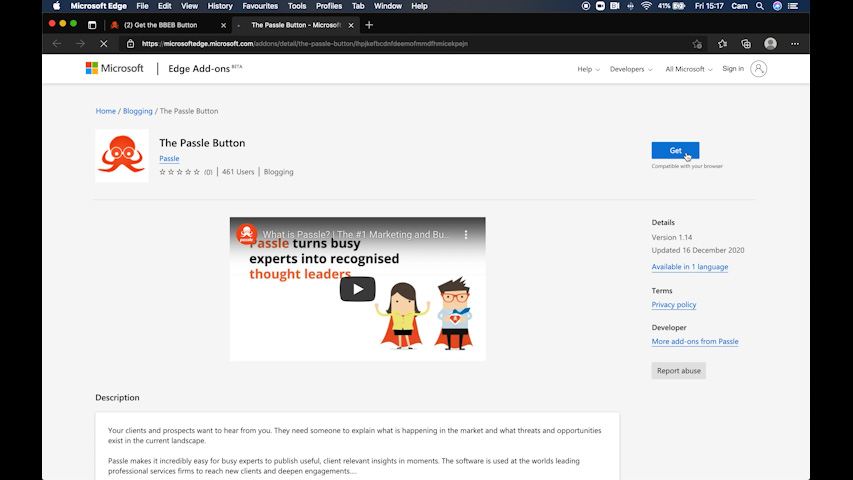On 24th October 2003, Concorde made its final commercial passenger flight, traveling at twice the speed of sound from New York to London. Now, following an incredible absence of almost 20 years, there are signs that supersonic commercial flight could be on the verge of making its long awaited return.
However, with the aviation industry still reeling from a global pandemic and battling to survive in an ever-more climate-conscious world, Riyadh Khalaf investigates whether modern innovations could ever bring back supersonic air travel in a truly sustainable way.
Learn how Sustainable Aviation Fuel (SAF) can help with this challenge. Synthetic fuel is made from CO₂ captured from air, water and green electricity. Sustainable electricity is used to turn the captured CO₂ and water into hydrogen and carbon monoxide. Hydrocarbons are then made from this gas mixture. Hydrocarbons form the basis of synthetic kerosene.
Sustainable aviation fuel (SAF) provides the most promising option available to help the aviation sector reach net-zero emissions.


